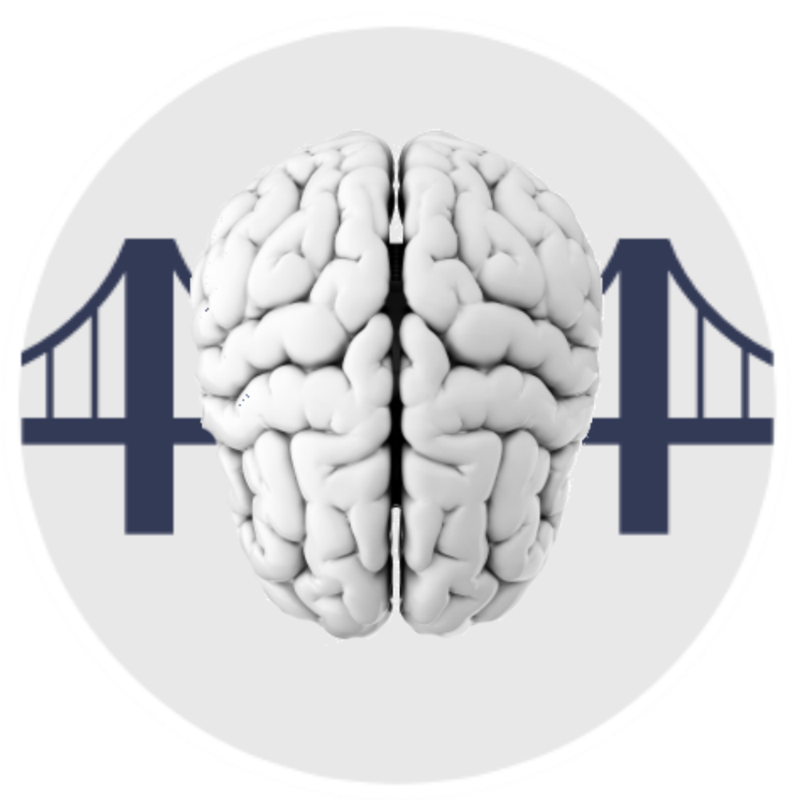Why Is It So Hard To Get Students To Be More Creative? Science and Strategies of Creativity.
by Janet Zadina on 07/21/17
We talk about getting students, or even ourselves, to “think outside the box.”
What does that really mean? What is creativity? How do you become more creative? You aren’t the only one with these questions. I have been getting requests to speak about what neuroscience may have to offer on this topic.
I researched the topic to present a keynote at the American Humanities Association a couple of years ago. The research was eye-opening!
Today, as I am writing a talk on the subject for postdoctoral students at Thomas Jefferson University I thought I would take a moment to share some of this information with you. I’ll start with the big picture of this topic.
The one-hour keynote contains four aspects.
1. What is and isn’t true about creativity? We explore the current common beliefs and find which ones are actually false.
2. Creativity uses the brain differently.
* Different brain regions more active
* Different brain states
* Different cognitive strategies
This section includes some great, brief activities to illustrate.
3. You can become more creative. (includes activities).
4. Increase creativity in the classroom.
In this brief blog, let’s look at one strategy that affects our own writing, as well as that of our students.
Generally speaking, the brain states of critical thinking and creative thinking are different. As faculty, we are most often in a critical, higher-order, linear, heavily-activated-frontal-lobe state. This is not the most conducive to creativity!
What should we do differently?
Turn it off when you write your first draft. Think about this: Where do you get your best ideas? Usually when you are showering, walking, driving, or in some relaxed state, not when you are planning, organizing, or “trying” to come up with ideas. Maybe begin by doing something first to get your mind in a more creative, reflective state. If you can’t go for a walk, then at least turn off the electronics and turn off any music with words or instrumentals that you know the words to. Try some quiet classical music if you want music.
Now just write freely without the inner critic. Do not allow yourself to revise at this time. There is plenty of time for that later. Write without judgment. You might even change course during the writing. Don’t reorganize at this time. Just let it flow. Any organizing or judgment or corrections turns on the inner critic again which puts you back into the state not conducive for creativity.
After you have written whatever you felt like on the topic without any judgment, you can turn your critical thinking back on. Find what is best in what you wrote and pull it out and use it for the basis for your writing as you continue in your more logical, critical mode.
You can repeat this process during other stages in your completion of your project. Being aware of what state you are in and choosing the appropriate state for that stage of your writing project makes a big difference!
Try this with your next project or with your students and see how much more creative you can be.
The presentation contains many more strategies for increasing your creativity in yourself and your students! Stay tuned and I will blog again soon about how the conversation goes with the postdoctoral students and give you a few more ideas!


